Evan Rodgers emailed to show me this simple and ingenious method of using a second Boston valve to create an inflation bag adapter that screws into the packraft’s Boston valve. Great idea! Thanks for sharing, Evan! Here’s what Evan wrote:
I recently ordered an extra Boston valve to test out my theory of creating a better attachment point from the inflation bag and boat than gluing the silicone tube to inflation bag, and I’m extremely excited with the result. As you’ll see in the photos, I’ve cut apart the Boston valve in a few places so that I can sandwich the TPU material between two threaded connections. Then when it’s all put together you can screw the inflation bag to the boat valve. The pictures will make more sense.
A couple added bonuses I realized after making it. First you could use the original cap as seen in the last photo, then make a roll top at the opening of the inflation bag, to then create a dry bag. Second, I ended up taking the rubber gasket out of the Boston valve where I sandwiched the TPU material, that rubber gasket makes a great spare to keep in the repair kit!
Anyway I was pretty excited with the result so I wanted to share. I’ll be ordering another valve for my second inflation bag.
Cheers,
Evan
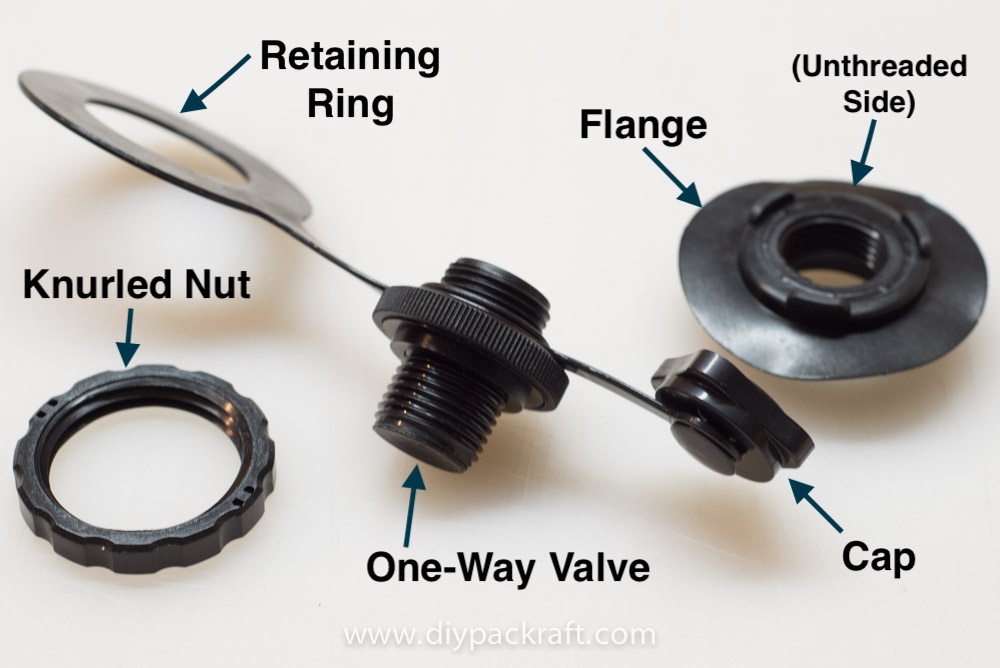
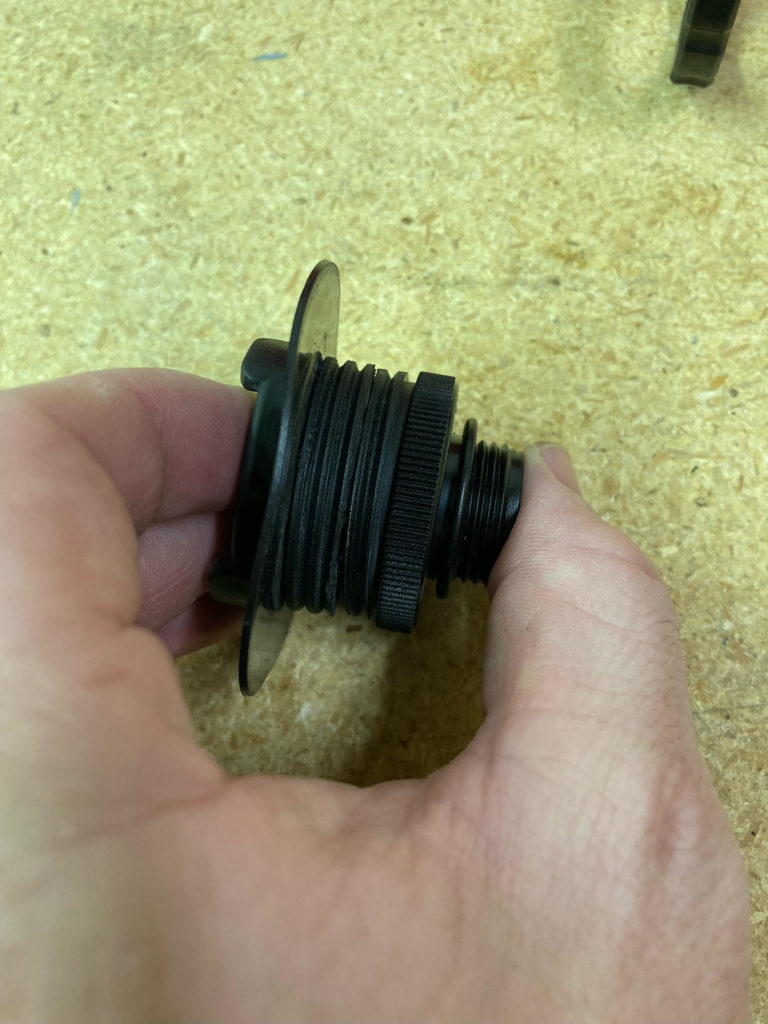
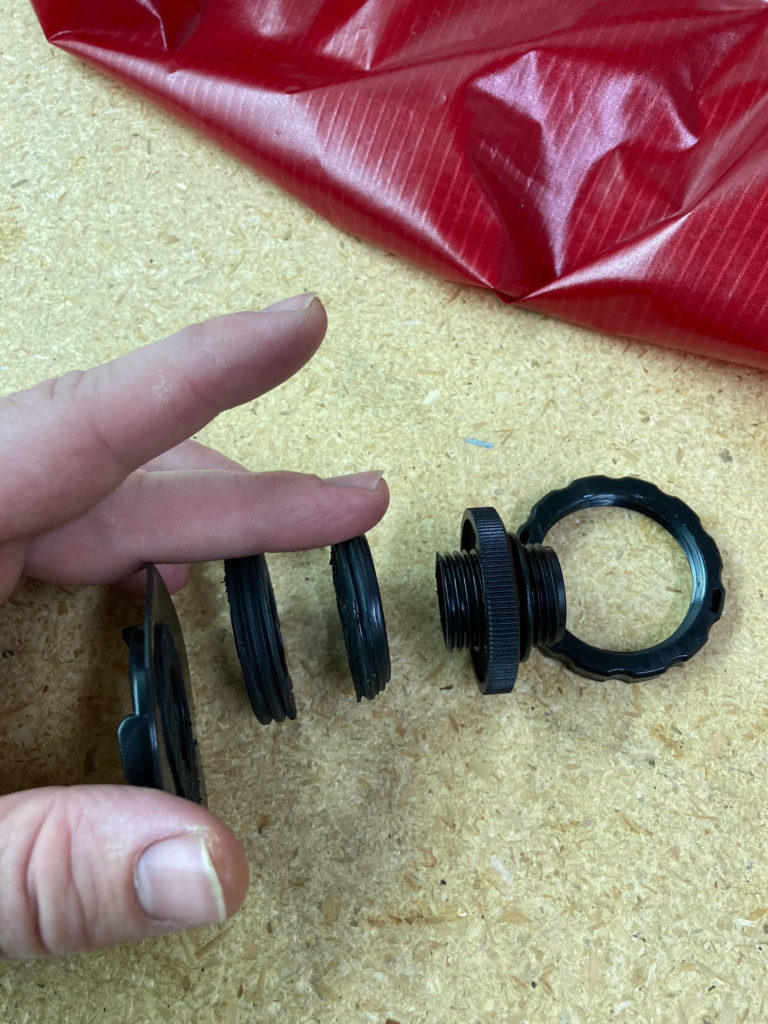
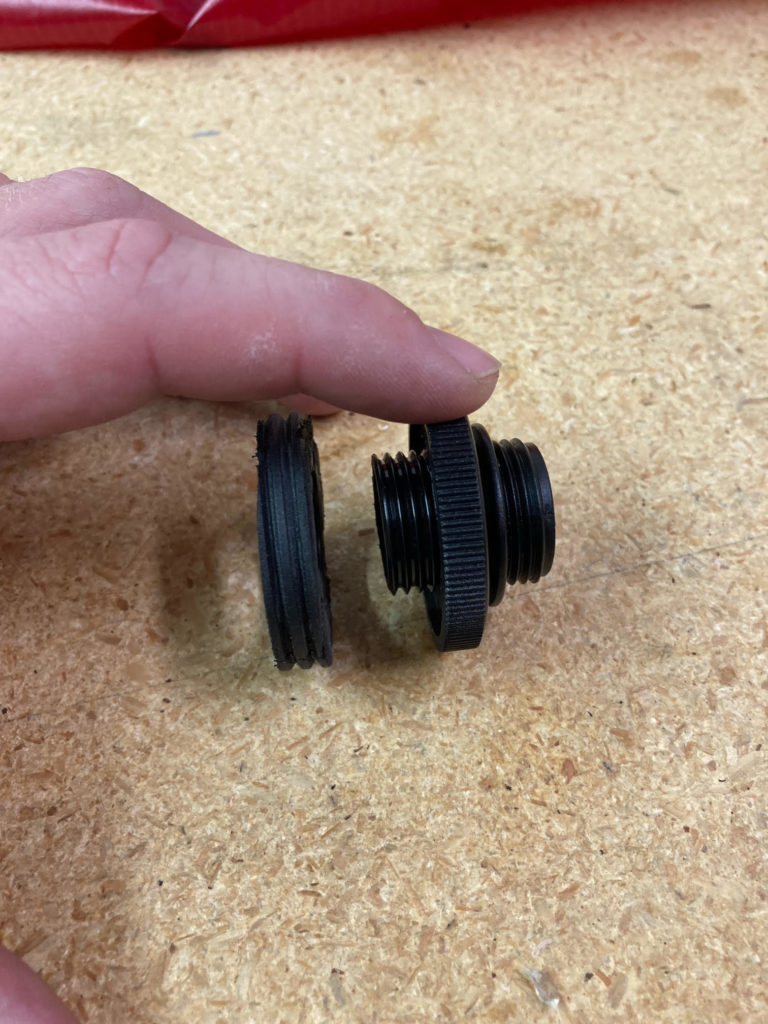
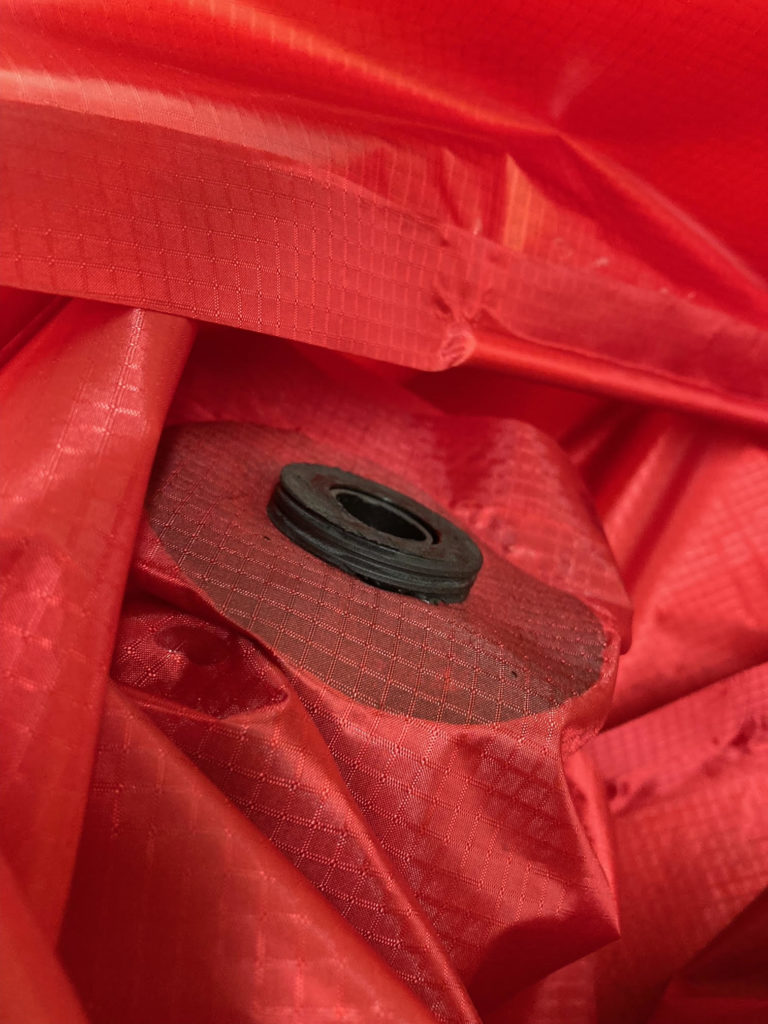
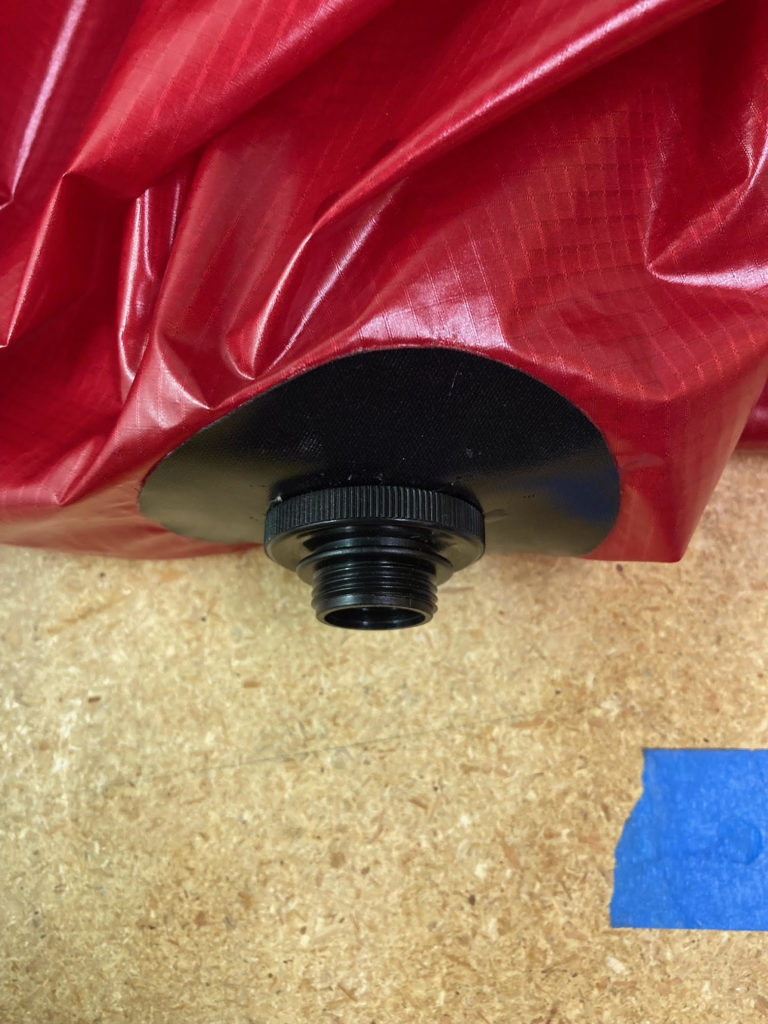
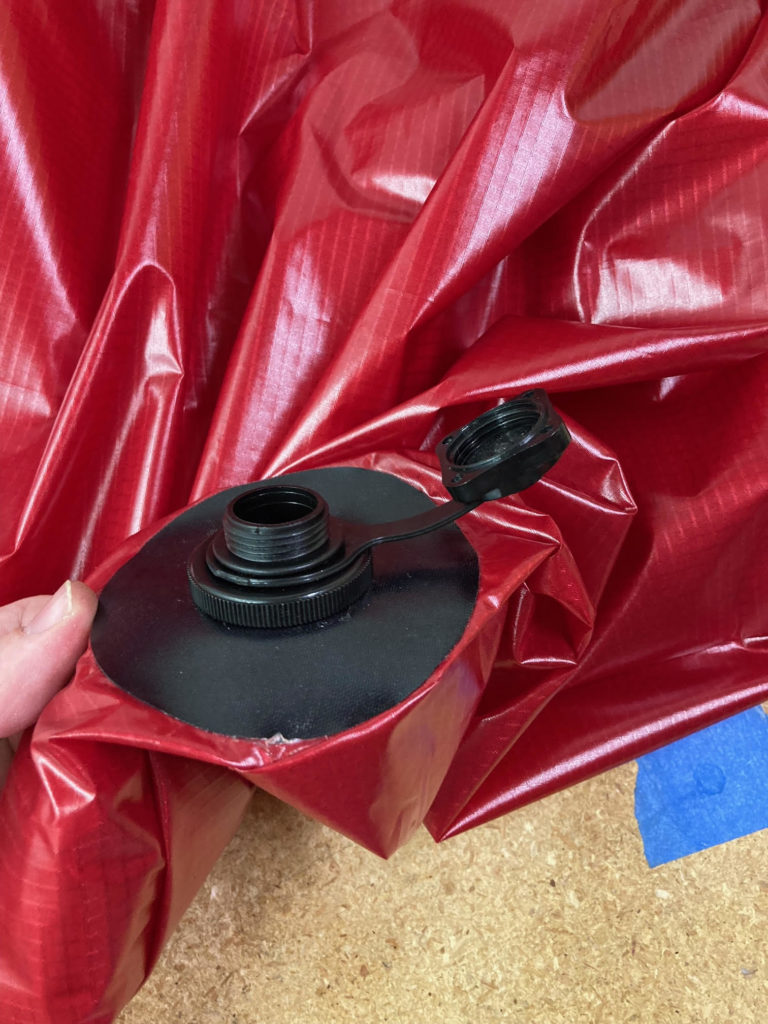
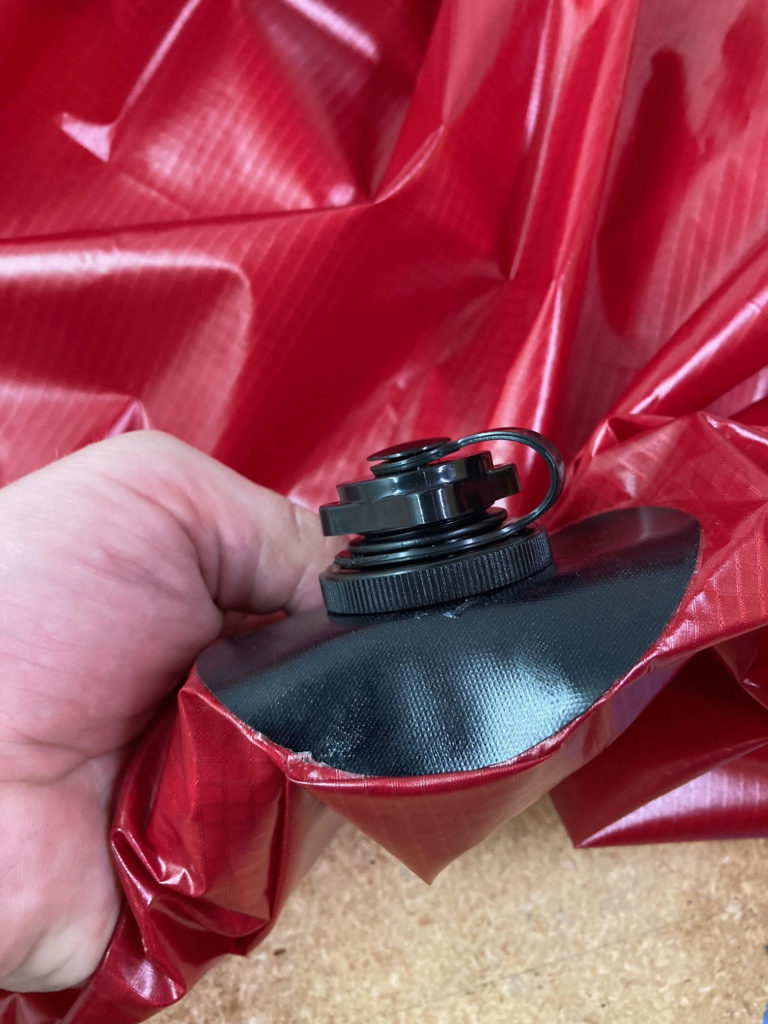
Thanks for the tip, Evan! – Matt
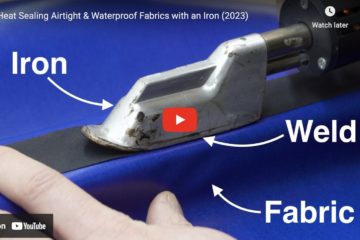
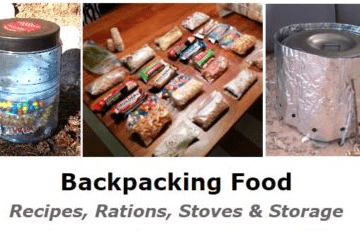
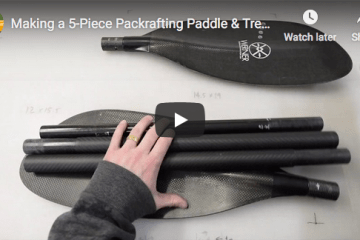
0 Comments